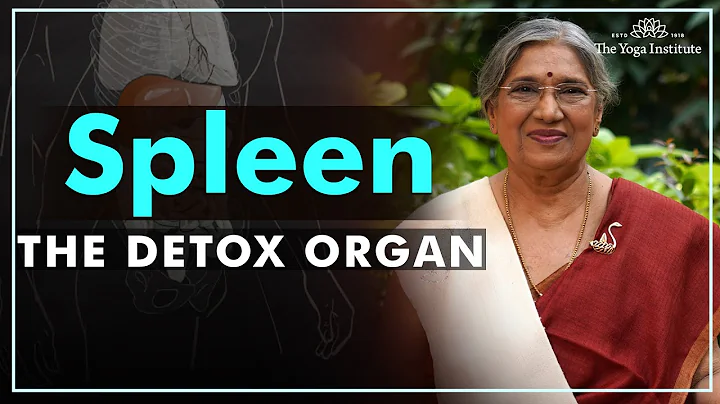1. What is new coronavirus pneumonia ?
It is a new acute infectious disease. occurred in 2019 and was caused by (SARS-CoV-2) infection.

What are the causes of new coronavirus pneumonia?
1, HCoV-229E;
2, HCoV-OC43;
3, SARS-CoV;
4, HCoV-NL63;
5, HCoV-HKU1;
6, MERS-CoV.
2. How long can the new coronavirus survive at room temperature? What we call normal temperature usually refers to the most basic temperature of the atmosphere, which is between 25-27℃. The new coronavirus can survive for 3 hours at this temperature. The survival time after leaving the human body depends on the surface condition of the object it is attached to.
According to the latest research, different materials have different survival times for viruses. During the 3-hour observation of aerosol , viable new coronavirus was always detected. These viruses only survived for 4 hours on copper surfaces, 24 hours on cardboard, 2 days on stainless steel, and active viruses were detected on plastic surfaces up to 3 days.
According to experiments, the new coronavirus can survive longer on impermeable materials, such as stainless steel or plastic surfaces, while it can survive relatively shorter on permeable materials. Therefore, you should wear a mask when going out to protect others and for protection.

3. How many new coronaviruses are there in Japan?
As of August 21, 2022: Japan has 253,209 new confirmed cases and 254 new deaths. There are currently 2,293,091 confirmed cases. A total of 17,205,227 confirmed cases. A total of 37,063 deaths. The case fatality rate is 0.2%. A total of 14,875,073 people have been cured. The rate is 86.5%.

4. What kind of epidemic has Japan experienced?
Japan is now facing the seventh wave of the epidemic!
The first wave of the epidemic was from March to May 2020. During this period, the epidemic on the "Diamond Princess" cruise ship was of most concern. The cruise ship came to berth in Yokohama . After repeated wrangling, the cruise passengers did not After being effectively quarantined, they entered Japanese society and introduced the first wave of infections to the peak.
The second wave of infections broke out on July 22. The Japanese government issued a "go to travel" policy to provide subsidies for the tourism industry. After this policy was issued, the number of infections in Japan quickly exceeded the 1,000-case mark in a single day.

The third wave of the epidemic occurred on January 8, 2021. The number of infections in Japan was 7,955 in a single day, and the government was forced to issue the " Emergency Declaration" for the second time that night.
The fourth wave of the epidemic began on April 14, 2021. The Japanese new crown expert team warned that as the more contagious mutant new coronavirus spreads in many places, Japan has entered the fourth wave of the epidemic.
The fifth wave of the epidemic is from July to September 2021, which is when the Tokyo Olympics is held. This wave of the epidemic is also the most severe. On August 20, the number of daily confirmed cases in Japan reached 25,995, constantly setting new highs, and It was at this time that the delta strain was produced. The sixth wave of
is the Omicron strain , which is currently spreading the fastest. On February 3, 2022, Japan had 104,472 new confirmed cases, setting a new high in the number of confirmed cases.
From July 8 to August 14, 2022, Japan has ranked first in the world in terms of new confirmed cases of COVID-19 for four consecutive weeks. This marks the arrival of the seventh wave of the epidemic.
5. How does Japan prevent the epidemic?
According to Japan’s Kyodo News Agency reported on August 11, The latest statistics from the World Health Organization show that the number of new COVID-19 infections in Japan reached as high as 1,496,968 in the first week of this month, ranking first in the world for three consecutive weeks. record. In stark contrast, the Japanese government's COVID-19 expert group is repeatedly submitting reports to the cabinet, asking the Japanese government to "treat COVID-19 as a common disease" and respond to it.Japanese Prime Minister Fumio Kishida even stated at one point that he would reconsider the classification of epidemic levels after the "seventh wave of the epidemic" eases.

It can be seen from the statement of Japanese Prime Minister Fumio Kishida that Japan does not pay much attention to the entire epidemic. Why should we wait until the "seventh wave of the epidemic" has eased before reconsidering the classification of epidemic levels? Isn't the epidemic serious enough now?
As of April 2022, Japan’s total population is 125 million, and the number of patients in the first week of August reached nearly 1.5 million. This number is astonishing. On average, 50,000 people are suffering from COVID-19 every day. If no measures are taken at this time, more people will be infected. When!
As a national leader, he should do things that benefit the country and the people, rather than grafting conflicts onto other countries to divert the attention of the Chinese people.
Kishida Fumio is not the first national leader to suffer from COVID-19. If measures are not taken in time, the consequences will be serious. I also hope Kishida Fumio will recover as soon as possible.











